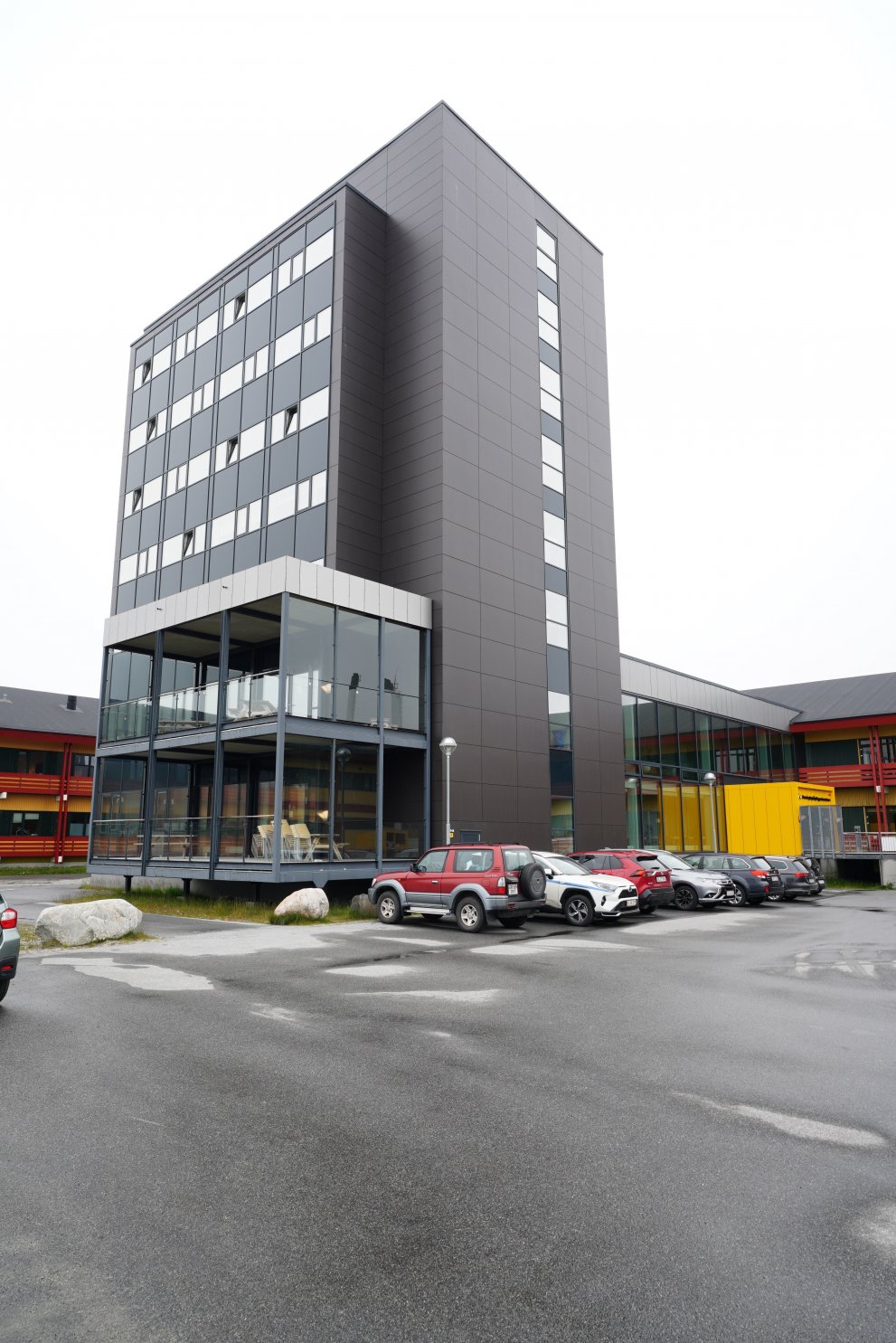
New national annexes implementing the use of structural Eurocodes in Greenland
In Denmark the structural Eurocodes from CEN/TC 250 together with a number of national annexes have been the legal basis for civil engineering works since 2005. Both the implemented Eurocodes and the national annexes (DK NA) are listed in the Danish Building Code (BR18). All DK NA are readily available on the DS website in pdf-format.
However, in Greenland the situation is somewhat different. As everyone probably realize the sheer size of Greenland compared to Denmark, the climatic conditions, and the logistics are hugely different.
The present Building Code for Greenland (GL BR 2006) is referring to a number of former Danish structural design standards (DS 409, DS 410 etc.) with a number of adaptions to the specific climatic conditions in Greenland. These old DS standards date back to the 1980-1990’s and are therefore technically outdated.
In 2010 Danish Standards supplied a number of preliminary Greenlandic national annexes (GL NA) to be used by structural designers together with the present first generation of Eurocodes as an alternative to the old DS standards.
A new Building Code for Greenland has now been developed and is about to take over from the 2006-version. As a result of this new code there is a need for updating all preliminary GL NA.
A project for this update has been agreed between the Government of Greenland – Ministry of Housing and Infrastructure and Danish Standards. The take-off point for the new GL NA will be the Danish NA to the present Eurocodes. All NA will be carefully evaluated in order to conform with the wishes of the Ministry and the specific climatic and logistic challenges in Greenland.
When the next generation of Eurocodes is ready new DK NA will be drafted and these can then in turn be used as basis for updating the first generation GL NA.
The work of writing the GL NA are undertaken by a competent member of the Danish Standards mirror committee to CEN/TC 250 Structural Eurocodes and with Danish Standards as project leader. The first phase containing GL NA for the most important parts of the Eurocodes will be ready mid 2023.
Background information on Greenland
Through its self-government agreement Greenland has chosen to be outside of the EU, although the country has an agreement on fishery. In addition to this, Greenland has been admitted as one of the overseas countries and territories associated to the EU.
Geographically, Greenland is the world’s largest island and is part of the North American continent. To the south, the country borders the Atlantic Ocean, to the north the Arctic Ocean, to the west the Davis Strait, the Baffin Bay and the Nares Strait, which at its narrowest point is only 26 km. To the east, the country borders the Denmark Strait and the Greenland Sea. The country stretches from 59°46’N in the south to 83°39’N in the north, a total of 2.670 km. The widest part is 1.050 km. Just over 80 per cent of the world’s largest island are covered by an ice cap – the Greenland Ice Sheet – and glaciers. Compared to European geography, the size of Greenland would correspond to the total combined area of Sweden, Germany, France, Spain and Great Britain. The ice-free areas are approximately the size of Sweden, but only a very small part is cultivable. The coast is an approximately 40.000 km long archipelago coast with many large and small islands as well as deep fjords. This corresponds to a trip around the equator.
Greenland has some 56.600 citizens, and almost 19.000 of them live in the capital, Nuuk. Fishery is the primary source of income for Greenland – especially shrimp and Greenland halibut – and represents around 93 per cent of Greenland’s exports.
The climate is arctic, normally defined by an average temperature during the warmest month of the year which does not exceed 10 degrees Celsius. Everywhere in the Arctic the amount of precipitation is small, on average only about 500 mm per year. In Southern Greenland, however, the amount is about the double, compared to only around 80 mm in the Thule region. Another important effect of the Arctic climate is the permafrost. During summer, only the top ground layers thaw, most often only between 20 and 100 cm.
Note: The article has been co-authored by the experts from the Government of Greenland – Ministry of Housing and Infrastructure and Danish Standards.
Details
- Publication date
- 7 September 2022
- Not associated with a specific Eurocode
- Not associated with a specific Eurocode
